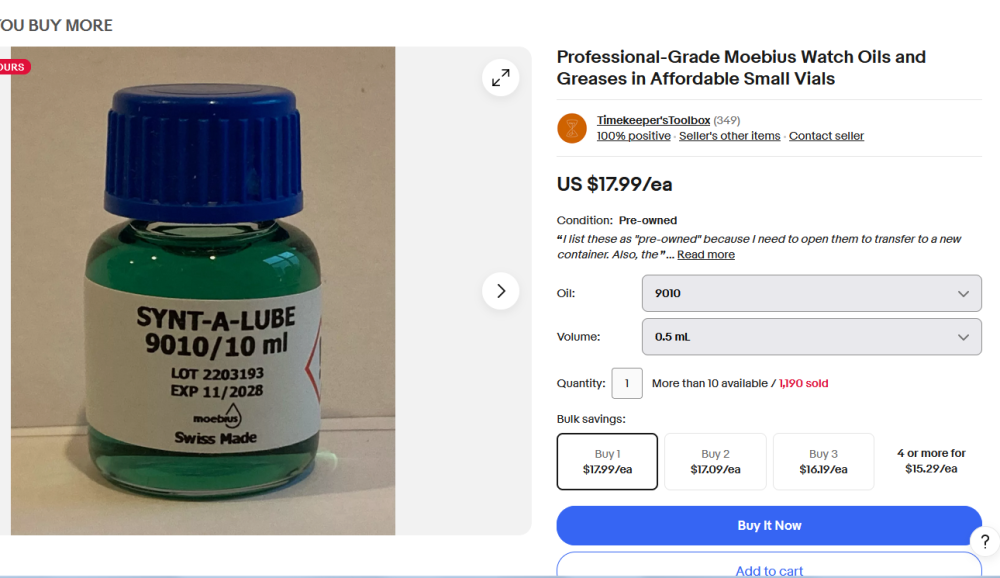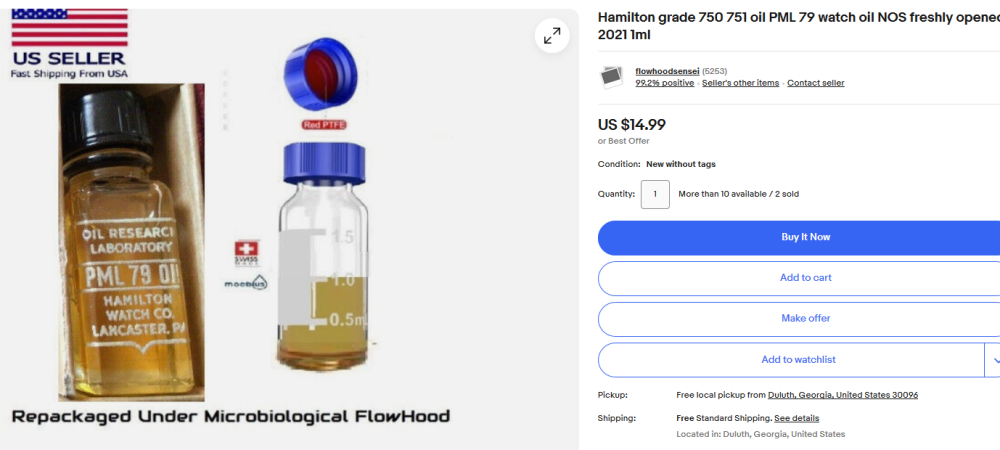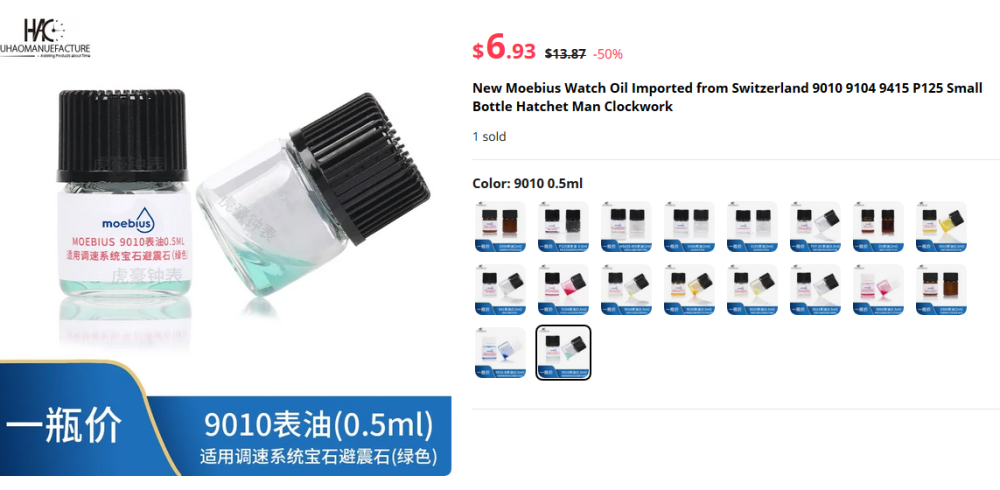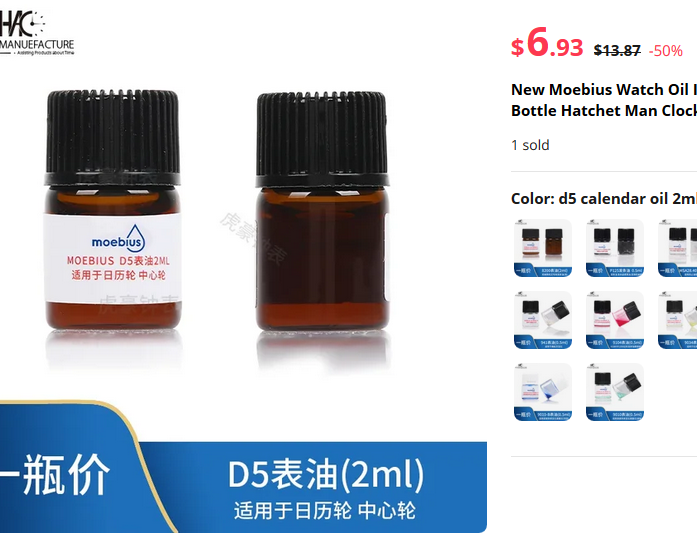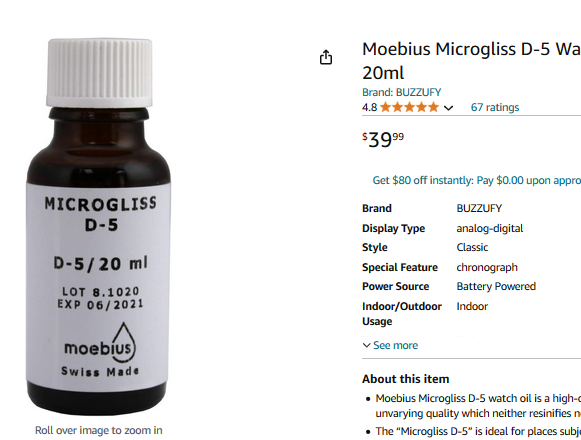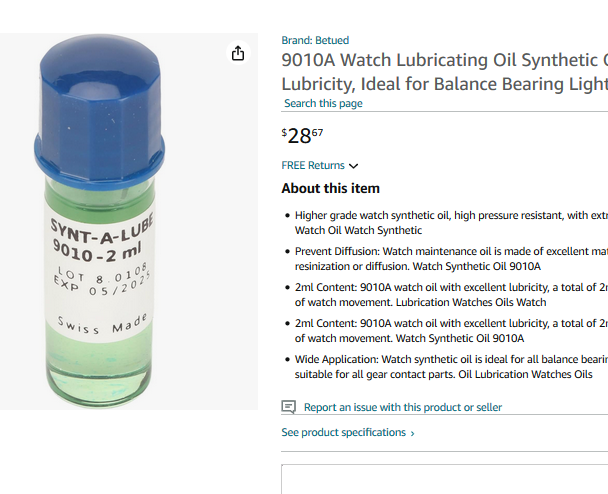Leaderboard
Popular Content
Showing content with the highest reputation on 06/02/24 in all areas
-
My personal preference is to use the finest one (red in your set) for 99.9% of what I do. I can always add more oil if necessary, but it's harder to remove too much. I use the largest oiler to transfer lubricants from their bottles into my oil cups.4 points
-
For info, fine sanding sticks such as the ones below, in the high grit grades, are excellent for restoring plastic crystals (and some metal casings). I start at 1000 grade on a crystal that has bad scratches, or probably 3000 for one that is just fuzzed with wear, then work up to at least 7000, working slightly more around the curved edge with each increasingly fine grade, so as not to leave scratches or flats/facets from only working on the main face area. Some Polywatch or Brasso etc. after that gets it back to a perfect shine. https://www.amazon.co.uk/gp/product/B09HZZ628K/?th=12 points
-
2 points
-
No they did not mix them normally but there is always a chance. It’s somthing to be aware of.2 points
-
Hi, Sorry my mistaake, I didn't realise that this is copy of Etachron system. Of course, as the movement is clone of ETA movement... What I have written concerns the regular type of stud fixation, which is common for most of the watches. For the hairspring... See, the condition of it is not clear, as it is tangled now. You must remove the tangle before give up. This is not so complicated when experience is present. Te most secure way is to use sharp coned tool, thin needle. Use the needle to move the tangle away from the center, to the external end. Put the tip of the needle between the coils before the tangle and turn the needle between the coils in direction that will make it go to the external end, folowing the spiral. When You get to the tangle, carefully move it little by little by the needle, untill it gets to the periphery. The last thing that must be done at the end is to guide the stud between the coil(s), for which two tweezers are needed and the balance wheel to be fixet still. One tweezer will grasp the coil(s) and strech the spring a little up, the other will get the studd and guide it under the coil(s). You will have to learn how to manipulate the balance without damage to the hairspring. The tweezers must hold the cock in the most reliable way, and it is when the cock is in the plane of the tweezers (don't use the screw hole to put the one tip in) You can lift the cock not by screwdriver, but with one tip of the tweezers, then push that tip deep under the cock and then just grasp the cock. Squeezing the tweezers tight, with big force, is regular newbie mistake that makes the things fly away with supersonic speed.1 point
-
No real question here, I managed to clean and reinstall this straight. But I just thought I would share this silly design for a balance cap jewel on an old Junghans pocket watch caliber J32. The screw is in the center, the jewel eccentric; the opposite design from every other cap jewel I have ever seen. But it has no steady pins beneath so tightening the screw means the cap jewel wants to rotate away from the hole jewel. Without an automatic oiler, this took about 6 tries to oil and screw down the cap without spinning it away. A tiny bit of Rodico didn't really help. Happily they don't make them like this anymore.1 point
-
In the above thread Durowe is mentioned. It does look similar to some of their movements1 point
-
1 point
-
I always pull the stem out either one or two clicks. In doing this the clutch has a little more stability engaged against the date setting wheel and is less likely to flip. It's a design fault ETA should have sorted out by now. The ETA 2892-2 doesn't have this problem! Also when the stem is out don't give the movement any hard jolts, as this sure to flip the clutch and then the yoke comes out of the notch of the clutch. You can sort it out by removing the barrel bridge and reseating the clutch and yoke, rather than removing the dial and hands, etc.1 point
-
I find working up to 1200 grit wet and dry works fine and finish with Brasso. As long as you are light with the wet and dry and let the paper do the work, rather any real pressure put on the crystal. Here's a before and after of this Rolex acrylic crystal I polished this week just using 1200 grit and then Brasso. Circular motion of the lint free pad or bud you use. I think the quality of the acrylic makes a difference. Some crystals won't polish well just using 1200 and Brasso and need higher grit count pastes before the Brasso Personally, I think Polywatch for what it is, is a stupid amount of money for a small amount of abrasive that's very watered down if you compare it to diamond pastes. Before. After.1 point
-
Someone else posted what appears to be the same (or incredibly similar) movement on here some years ago; never definitely identified but it may add some clues?1 point
-
1 point
-
Also what I've found is when doing this sort of fiddly work with your tweezers, less squeezing and more nudging is the way. I feel like I can be a lot more precise with a gentle push than trying to use my squeezy muscles while moving parts at the same time.1 point
-
Nice trick I’ll try that. I don’t think you cursed me I think at this point I am so clumsy that everything bad which can happen is bound to. The microscope helps a lot but dexterity with tweezers is not there.1 point
-
Oh no, I cursed you! So I found that no matter how much I demagnetized my tweezers, the spring, and the movement (if you try this, make sure the spring is inside a container or it will fly away), it still wanted to stick to my fine steel tweezers. So I stuck some Rodico on the end of a pegwood stick (my favorite tool) and stuck the prongs of the spring in that. I then used my brass tweezers to gently nudge the spring's hinge into the slot in the chaton. I had to do it at least twice on that Omega, but the Rodico-on-a-stick trick really saved the day. It prevents you from pinging it away and really makes it easier to navigate the spring into its slot.1 point
-
I would say it does depend on how the keyless works are set up, i have had it happen once before. Pulling the stem to time set mode can also be a problem, that puts the yoke or setting lever under tension from it's spring and without the extra stability once the stem has been withdrawn and the set screw being loosened the yoke can flick over it's spring or something else. I find that happens from time to time usually its something cheap Rich, and force myself to stop pushing, I've broken a set lever more than once doing this. Dials tight up to the set lever cause this , cheap Smiths are renowned for it. Too much depth in the stem slot as well,I've shortened quite a few yoke bends to make the last job of entering the stem easier at the casing up stage.1 point
-
The non-lantern pinion and wheel combo are actually for the motion works. It drives the center wheel. Both the power and chime trains (including the regulator) are all lantern pinion style. The trundles in the lantern pinions all look to have no direct wear from the wheels - no rutting evident under magnification.1 point
-
1 point
-
1 point
-
The small pinion that is on wheel 3 is a normal gear pinion. Did clockmakers mix the two types of pinion in the one movement?1 point
-
Hi there is a definite wear pattern but follow old Hippys advice and face up the teeth and don’t shorten them , check the bushings and pivots also. If they are lantern pinions and worn they can br replaced easy enough.1 point
-
Out of curiosity I went to eBay as that's where I previously saw this interesting practice of ripping off the scared hobbyist. Initially what seemed like an amusing endeavor has turned somewhat depressing as there is some really greedy people out here seemingly trying to help you out but maybe I'm just misunderstanding their intentions. So for instance here's somebody selling a nice huge bottle of 0.5 mL at basically $18. Similarly I guess on the surface this doesn't look too bad. That only works out to $72 per standard 2 mL bottle. Although I did see another seller selling you one of those 2 mL bottles for $50 which I thought was a ripoff. Yes the amusement started wearing off with things like this 0.2 mL or basically 1/10 of a standard 2 mL bottle. Or $170 for standard bottle I guess then this is a bargain for somebody. It looks like the best price I'm finding for the HP oils in the standard 2 mL bottle on eBay are about $40. This one is very amusing new old stock freshly opened bottle of lubrication this actually supposed to be quite good. Problem is it was made when exactly? Yes there really is a reason why they put expiring dates on bottles although the Elgin synthetic oil seems to last forever and the Hamilton is supposed to be just as good so conceivably it does last forever. So once again you're getting a's spacious huge quantity of 0.2 mL at $15 So enough fun of looking at the ripoff price ofEBay lubrication. But if you take your time not everybody on eBay's ripping you I did find someone selling 2 mL bottles of HP oil for $40 which seems much more reasonable compared to the other sellers were breaking it up and it's super tiny little droplets of oil.1 point
-
I am very sceptical about these, even buying 100ml from Switzerland, parting it out to 2ml bottles the losses and labour costs even in China would likely make it unprofitable. Tom1 point
-
I've seen something similar to this on eBay. Someone seemingly helping you out by breaking up those really expensive bottles into? It brings up all kinds of interesting questions like if you're purchasing oil brand-new in original bottles it has an expiring date. These do not have any such dates so you're going to pay a premium price for oil that you don't actually know how old it is. Then when the biggest concerns anyone has is how does the oil get out of the bottle I'm assuming they use a syringe. So realistically if they wore gloves and a dust free environment you could get clean quantities of the exact amount of oil they claim. Then I remember the seller on eBay helping you out giving you these good deals etc. but are they? For instance I snipped out some images for 9010 and D5. Let's start with D5 if we purchased a 20 mL bottle off of Amazon the cost would beBasically $40 and purchasing our bargain oil in little teeny-weeny bottles were getting 2 mL at a price of? Oh there's a 50% off sale normal price would be and now are getting at a sale price. But let's look at the Amazon price it should be four dollars per 2 mL. Instead the sale price the bargain price $6.93 and the regular price $13.87. Notice a minor discrepancy on pricing that bargain really isn't that big of a bargain. Then we have the 9010 Amazon price varied by quite a bit it depended upon which seller I was looking at. Basically anywhere from roughly $30 for 2 mL all the way up to a bargain for them $50. Now instead a getting to milliliters I could did for the D5 you're only going get .5 mL which would run you $7.50 versus their price of $6.93 at least the sales price so I guess you are saving a few pennies.1 point
-
thanks Jon, thats because there are good teachers here that inspire to do better. I'm sure i can apply it to grinding out a staff as well. The Proxon 240v micro drill, its a decent bit of kit with few accessories added to it.1 point
-
Sorry about that! I sometimes forget politics are off-limits on WRT (which is a good thing!). I edited my post.1 point
-
Ebay uk has lots of listings for different micron grades of ss mesh. I hope your not putting the pallet fork and balance in the oven. A better alternative is a small food dehydrator, you can pick them up for around 40 quid. Or cheaper still is a fan like this, it has 2 temperature settings 500/750w and can be adjusted to blow warm air from below, this was less than a tenner.1 point
-
I don't know where you would get the mesh. I use the small brass baskets, like your pic. After the final dip in IPA, I use a puffer to blow through the mesh which gets most of the liquid off. Then I use a hairdryer on the baskets. Finally I empty them on to some tissue paper to check they are dry.1 point










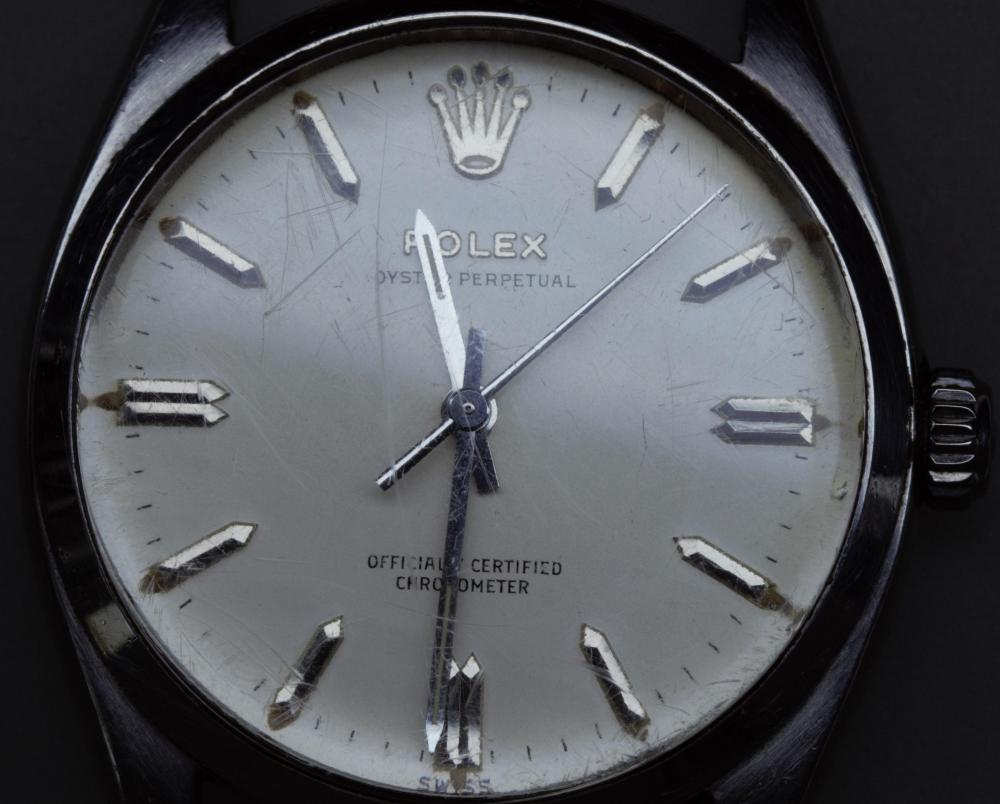
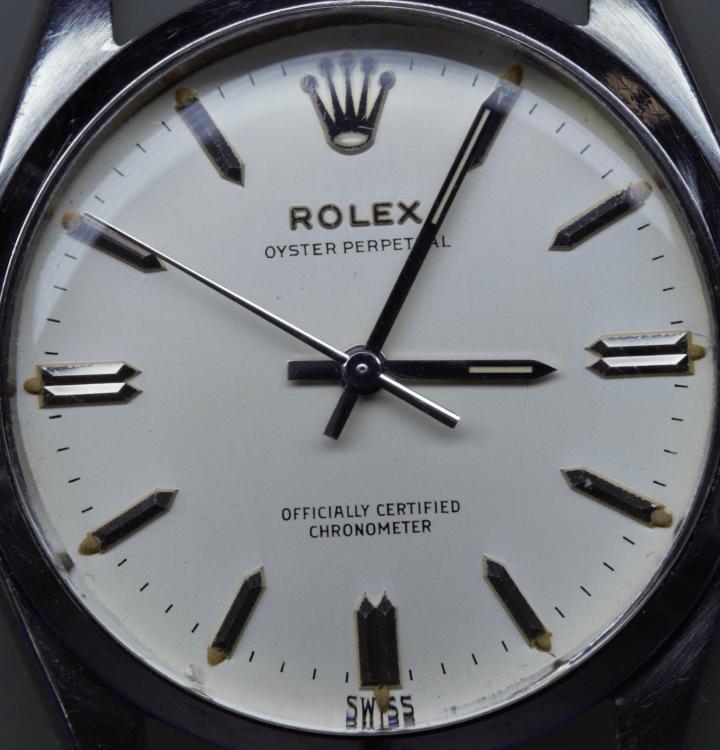
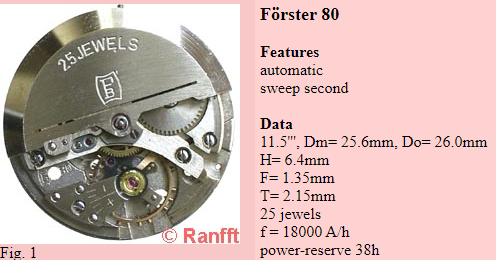


.thumb.jpg.cb17a66989f1e796fd4217db2e9ca9df.jpg)

